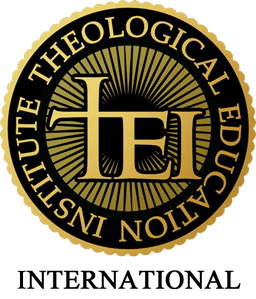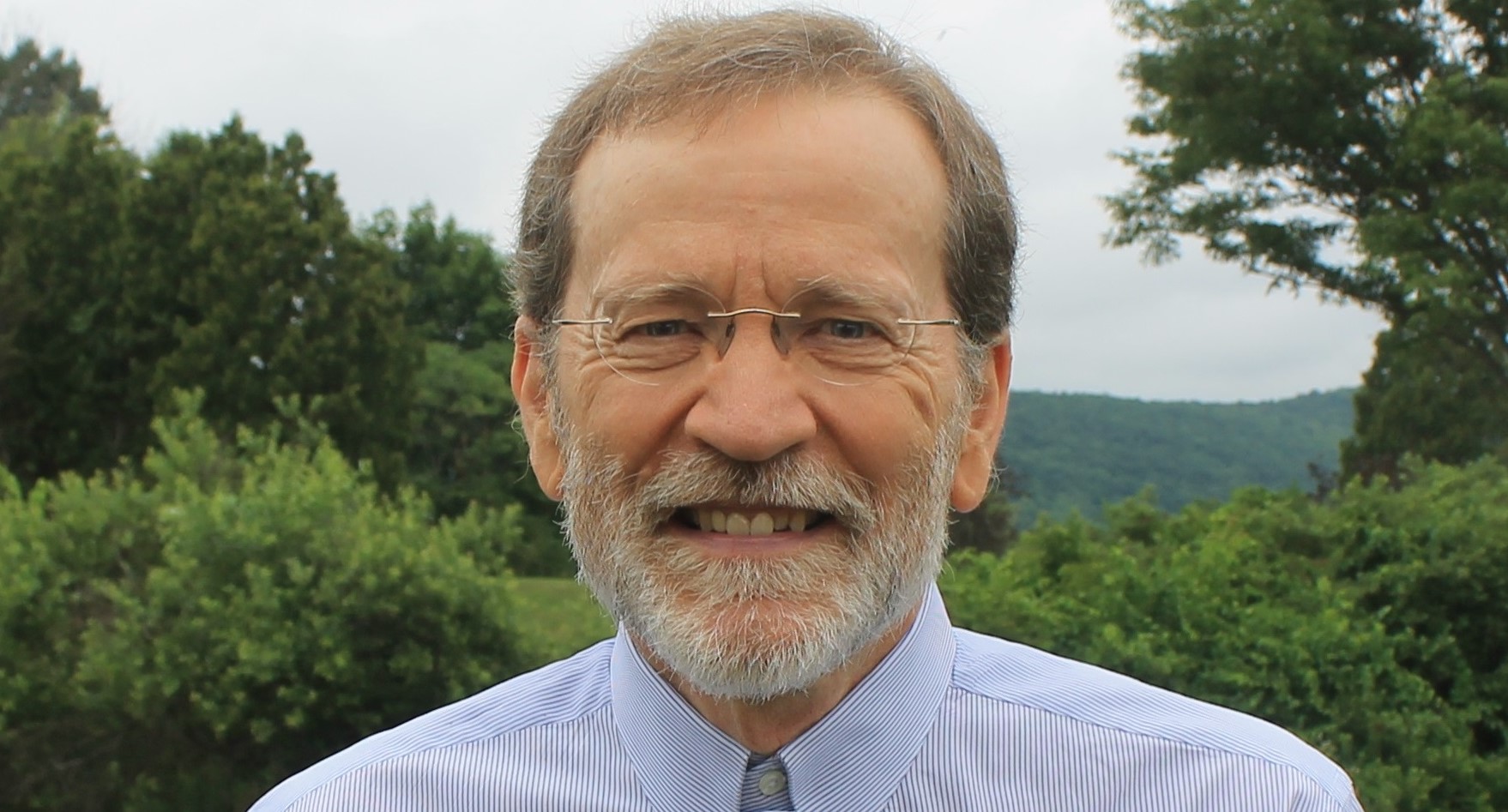Four Joint (Non-Binding) Resolutions for the United States Congress
(1) Religious, Political and Economic Liberty
We affirm that religious, political and economic liberty, for all people equally under the rule of law, is foundational to the United States. In order to protect these liberties, the cause and effect of their nature needs to be known. We invite followers of the Law of Moses, the Gospel of Jesus and the path of Muhammad, along with disciples of all other religions, as well as secularists and atheists, to articulate their explicit sources for these liberties.
(2) Human Abortion and the Nature of Informed Choice
We recognize that the U.S. Constitution defines three principal arenas of unalienable human rights – life, liberty and property. The 1973 U.S. Supreme Court Roe v. Wade decision left the beginning of human life undefined. In order to catalyze honest public debate, members of the U.S. Congress are asked to give answer to a simple multiple-choice question:
In biological terms, when does and individual human life begin? (A) Conception [ ]. (B) Viability [ ]. (C) Birth [ ]. (D) Write-in [ ]: specify a different biological term __________.
(3) Human Abortion and Male Irresponsibility
We recognize that the 1973 U.S. Supreme Court Roe v. Wade decision does not address the roles of fathers or male responsibility. As well, we recognize that in the overwhelming number of abortion decisions, the man has left the relationship and/or refuses responsibility in some capacity. In order to catalyze honest public debate, members of the U.S. Congress are asked to give answer to a simple multiple-choice question:
To what extent is human abortion driven by male irresponsibility? (A) Very much [ ]. (B) Somewhat [ ]. (C) Very little [ ].
(4) Marriage and the Social Order
We affirm that the Creator defines human sexuality in the context of the marriage of one man and one woman in mutual fidelity. Here, the equality and complementary of male and female serves diversity in service to unity, uniquely providing the necessary social adhesive of trust, which is then modeled for our children.
###


